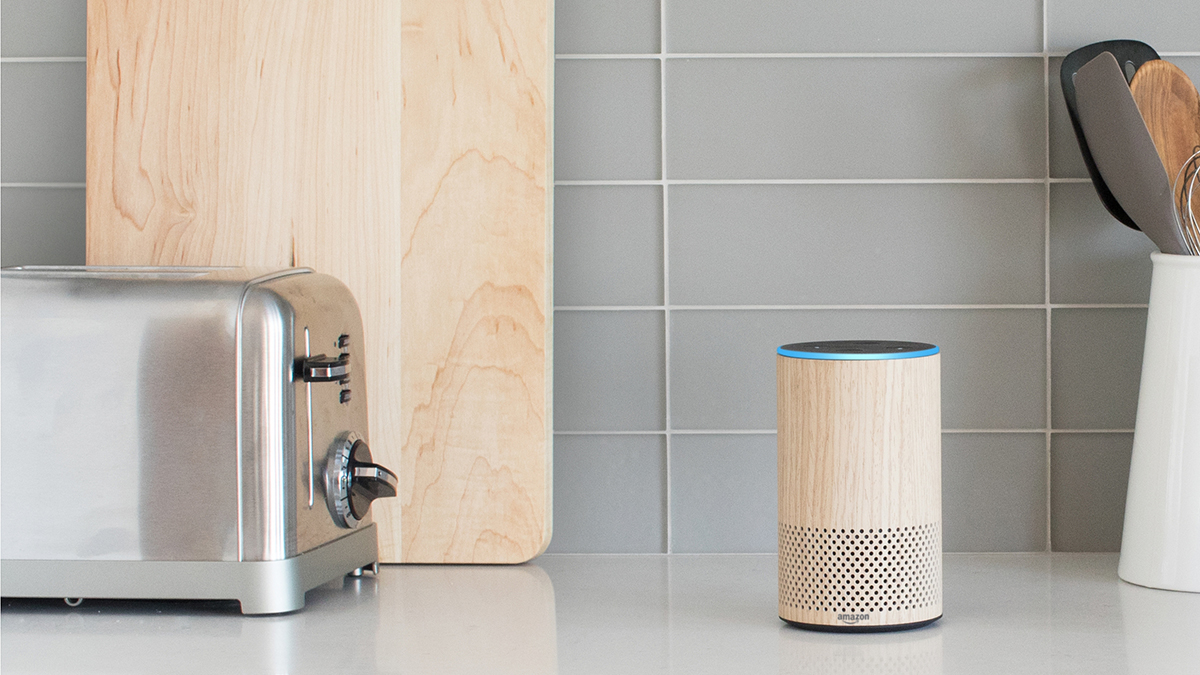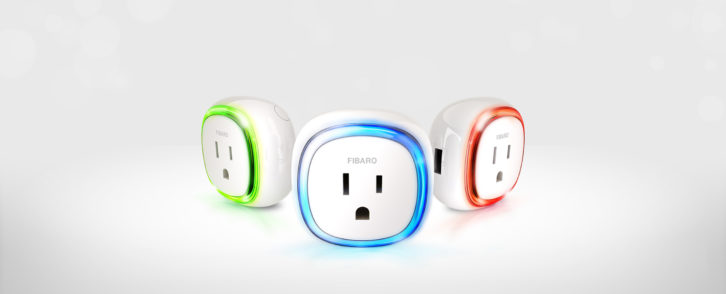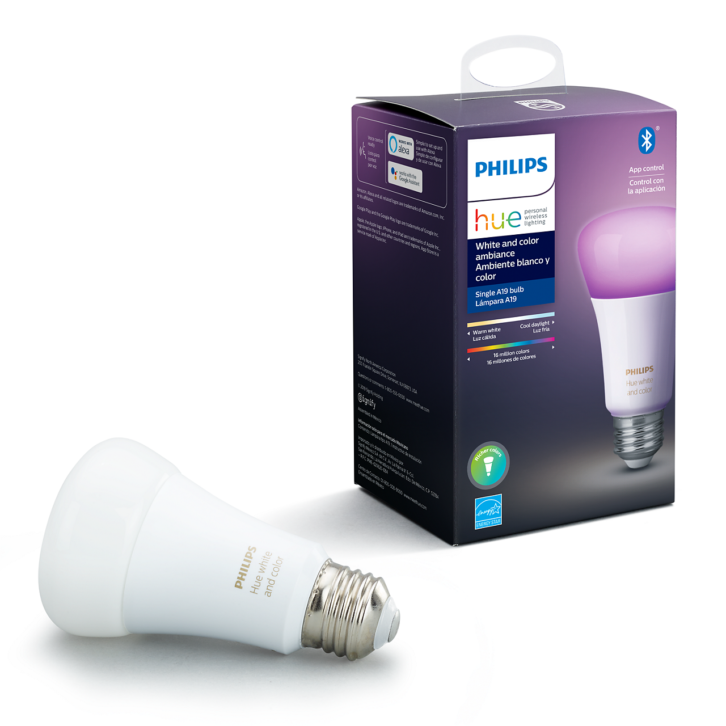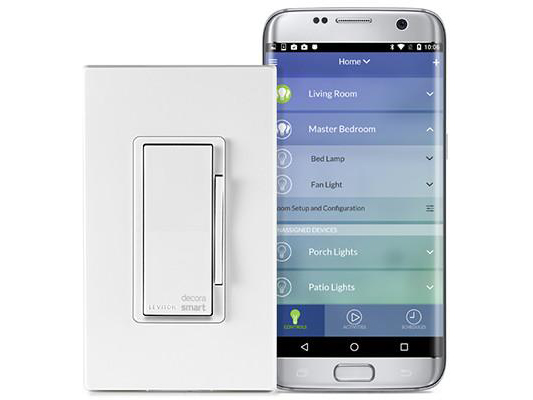Smart Home Beginner DIY Guide

You’ve decided that you want a smart home. You’ve settled on Amazon, Google or Apple as your home ecosystem. Now what do you do?
See also: What Is A Smart Home?

Do I need a Smart Speaker?
If you choose Google or Apple as your smart home ecosystem, you don’t necessarily need a smart speaker to control it – your Android or Apple device will suffice, but you may want one. Remember, besides being a microphone and communication point, a smart speaker is, well, a…speaker, which means it can play music streamed from your phone or the internet. Even if you add no other smart home device, a smart speaker plays music just by telling it what you want to hear, along with answering your questions.
If you choose Amazon as your smart home ecosystem, then you definitely need Alexa-compatible devices or smart speakers scattered around your home in rooms where your smart gadgets are located.
To minimize your initial smart home investment, start with a single Amazon Echo Dot, Google Home Mini, or Google Nest Mini, all of which sell for less than $50, and are available in a variety of pastel colors to match your room decor. If you find the music reproduction capabilities of these small, inexpensive speakers insufficient, all can be paired with a heartier Bluetooth speaker.

Your First Smart Device
As you begin your smart home journey, we recommend you start with one or two smart devices. But what type of device should you pick up first?
One of the easiest devices to start with is a smart plug, which essentially turns any “dumb” product into a semi-intelligent one.
A smart plug is an AC outlet that you plug into a regular AC wall outlet. You then pair the smart plug with your home Wi-Fi network and the appropriate smartphone smart home or voice assistant ecosystem app. You now have voice on/off control over any device you plug into the smart plug – a table lamp, a fan, a TV, an air conditioner, a coffee maker, et al. As goofy as it sounds, being able to say, “Alexa, lamp on” and have your lamp turn on is pretty darn cool – especially if you’re walking into a dark room or not wanting to get out of bed to turn the lamp on or off.
Look for a smart plug offering multiple voice compatibility with all three major ecosystems in case you haven’t decided between Amazon, Google or Apple. Multiple smart plugs often can be networked together so their plugged-in devices work in concert.
Many smart plug apps allow table or floor lamps plugged into a smart plug to be programmed to turn on and off according to a programmed regular or irregular schedule. Lights seeming to randomly turn on and off indicates someone is home and awake, arguably the simplest type of home security protection.
Smart Lighting
A device being turned on or off is hardly “smart,” however. A specific smart device is capable of far more intelligence and functionality.
Another easy and functional smart device to start with is a smart bulb. Smart bulbs, in addition to turning on and off on a programmed schedule, can be programmed or commanded by voice or app to dim or brighten, turn different colors to suit your mood, activity or time of day, even automatically turn on or off when you enter or leave a room. Not every smart bulb has all these features, so be sure to check out the capabilities before you purchase.

You can buy a single smart indoor, flood or outdoor bulb, or multiple bulbs as part of a kit, such as Philips Hue, C by GE, Lutron’s Caséta, Ring Smart Lights, and Leviton’s Decora series. These kits include not only multiple smart bulbs, but also assorted switches, controllers or control hubs, if necessary.
The Next Step Up
As great and easy to install and use Smart plugs and bulbs are, they can be rendered ineffective by one instinctual action – manually turning the light off. When you flip off a light via a wall switch or lamb knob, you cut power to the bulb. No power, no intelligence. At some point, someone in your home will manually switch off the ceiling, floor or table fixture that includes a smart bulb. Once switched off, the bulb will no longer respond to commands spoken or from its app.
To solve this basic power on/off problem, you need to buy a smart wall switch. Clicking off a smart wall switch paired to specific bulb or bulbs doesn’t cut power the way a dumb switch does. Instead, the smart switch sends a wireless “smart” command to the bulb to simply douse its illumination. Power to the bulb is maintained, which means it can still be turned back on by voice, app or pre-set program.
Smart switches can not control only individual smart bulbs, but also could control all your smart bulbs and even other smart home devices, depending on what smart home device partnerships the smart lighting vendor has forged. Smart switches can also feature dimming controls, sensors that automatically turn the lights on or off as you enter or leave a room, switches that activate programmed lighting presets, sometimes even an integrated smart speaker.

Some smart switches replace your current wall light switch, which means it has to be connected or “hardwired” to the light switch wiring inside your wall. If you live in an older home, this in-wall switch box wiring can be tricky. Light switches in some newer homes may be connected via a so-called “neutral” wire, usually a white wire, which supplies power only to the switch and not the bulb. You should check what’s happening behind your light switch wall plate before making a smart switch purchase decision.
Depending on how your wall switches are wired and how comfortable you are futzing with wires and electricity, you may instead want to opt for a wireless smart switch that can be attached to any wall via screws or double-sided adhesive; some are designed to be detachable from the wall so can also operate as a handheld remote control. Some wireless switches are self-powered and some require a button-size battery, depending on the switch’s capabilities.
Most smart lighting kits also require a separate hub that acts as a wireless connecting bridge between your smart bulbs and your Wi-Fi network. A hub also maintains a wireless connection with its bulbs for control via a wireless switch in case your Wi-Fi goes down and enables remote control when you’re not home. Some smart lighting kits are hub-less, eliminating one potential installation step and trouble-shooting issue, but may also limit how your bulbs work together, how they work if you lose your Wi-Fi, or how they work with other smart home devices.
Once you’ve installed some smart bulbs and plugs, and figured out how to order them around, you’ll considerably shorten the learning curve for installing and operating other smart home gear.
See also: What Is A Smart Home?
from TechRadar - All the latest technology news https://ift.tt/2LMVuXJ

Post a Comment